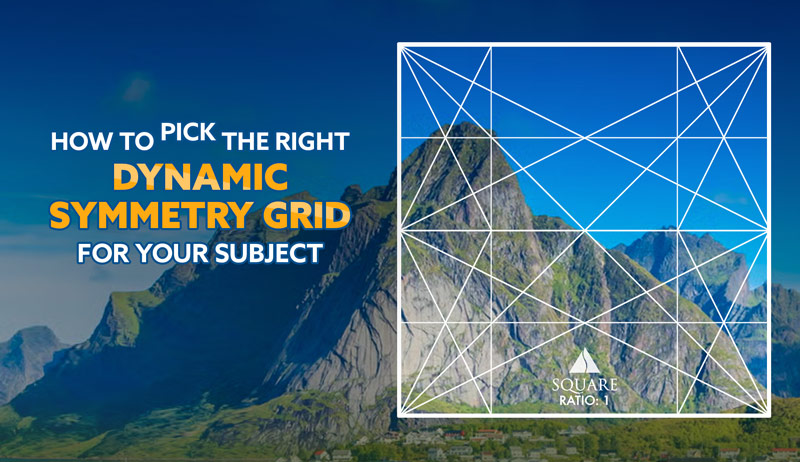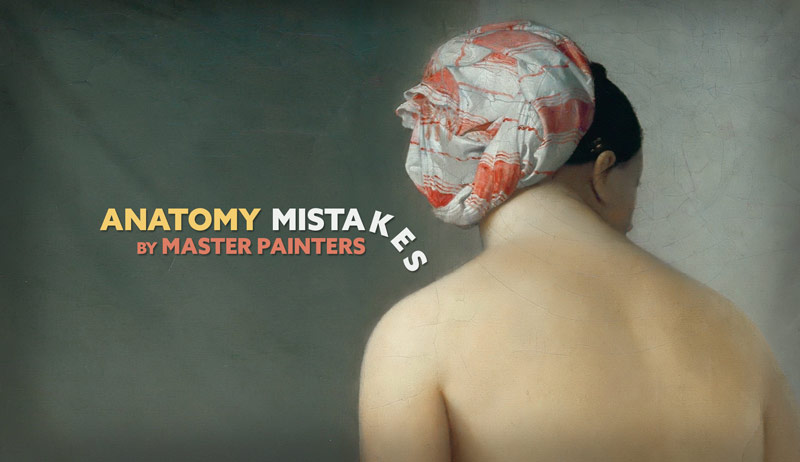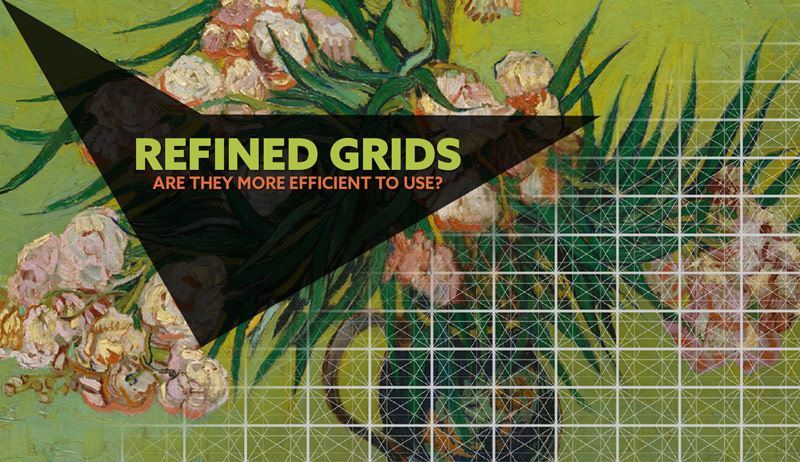William-Adolphe Bouguereau (ANALYZED PAINTING #4)
#648 Well, we have another jaw dropping William-Adolphe Bouguereau painting to dig deep into. Thanks for joining in to show your support, it’s always appreciated! What design techniques did he use this time? Did he use dynamic symmetry? If so, which grid? What is this painting even about? Let’s find out now! The Oreads William-Adolphe […]





